

— Blogs —
—Products—
 Consumer hotline +8618073152920
Consumer hotline +8618073152920 WhatsApp:+8615367865107
Address:Room 102, District D, Houhu Industrial Park, Yuelu District, Changsha City, Hunan Province, China
Product knowledge
Time:2024-01-24 21:22:41 Popularity:1037
Smart Agriculture Sensors (SAS) are devices used to monitor and collect various parameters in the agricultural environment. These sensors are able to measure parameters such as soil moisture, temperature, pH, nutrient content, light intensity, wind speed, wind direction, rainfall, as well as information on plant growth, pests and diseases. By transmitting this information to the smart agriculture system, farmers can better understand the condition of their farmland, make more scientific and rational decisions, and improve the yield and quality of their crops.
These sensors can be connected to the smart agriculture system either wired or wirelessly and transmit the collected data to the cloud for storage and analysis.
Smart agriculture sensors have a wide range of applications in agricultural production. For example, soil moisture sensors can help farmers understand the water content of the soil and carry out irrigation or drainage in time; soil temperature sensors can help farmers understand the temperature change of the soil and reasonably arrange the time of sowing and fertilising; soil pH sensors can help farmers understand the acidity and alkalinity of the soil and reasonably adjust the acidity and alkalinity of the soil; and light sensors can help farmers understand the change of the intensity of the light and reasonably arrange the crop planting and pruning, etc.
 |  |  |  |  |
| Anemometer Wind Speed sensor | Wind direction sensor | Tipping bucket rain gauge sensor | Tipping bucket rain gauge sensor | Piezoelectric Rain Gauge |
 | 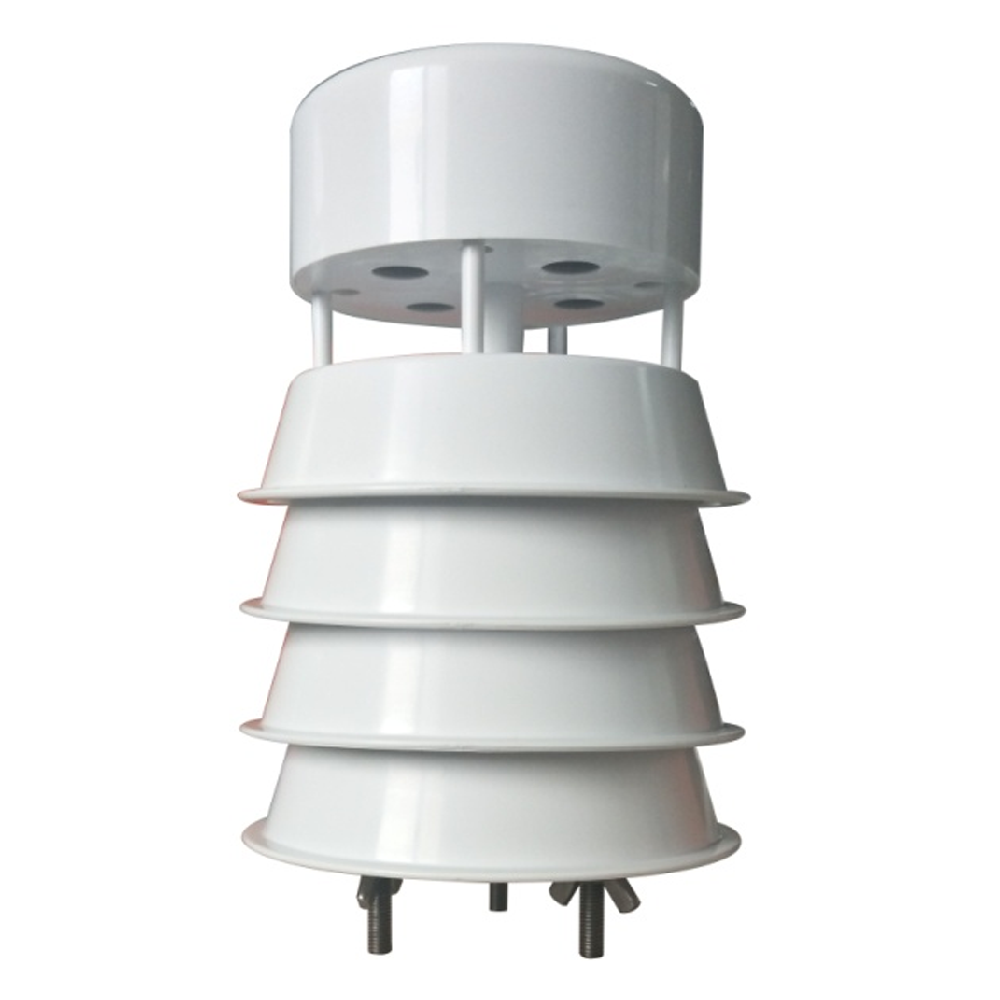 | 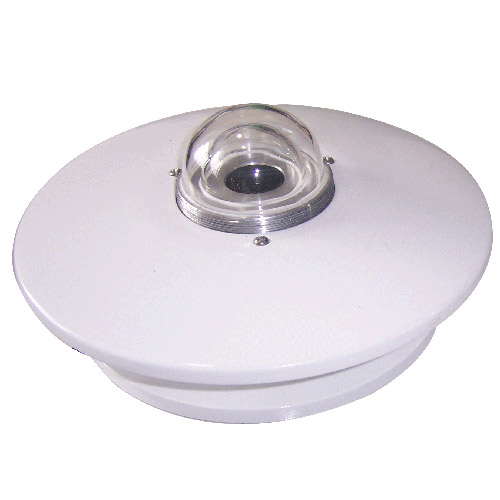 | 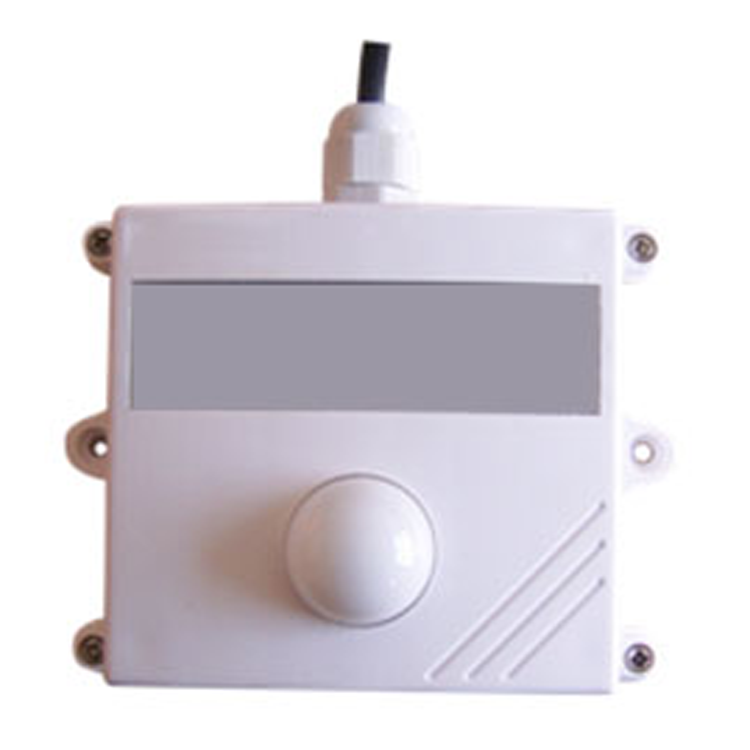 |  |
| Atmospheric Temperature Humidity air pressure Sensor | 5 in1 Ultrasonic Weather Station Sensor | Solar Radiation Sensor | illumination sensor | 7 in1 Ultrasonic Weather Station Sensor |
 | 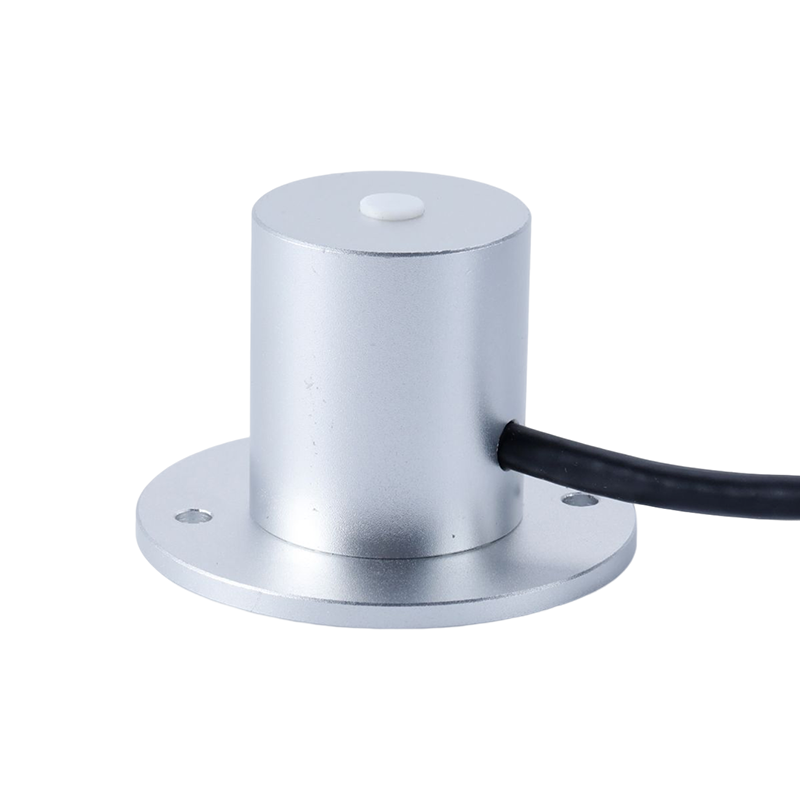 |  |  |  |
| Carbon dioxide sensor | Photosynthetically Active Radiation Sensor | Soil NPK Sensor | Soil pH sensor | Soil Moisture Temperature sensor |
1. Soil Moisture Sensors: These sensors measure the moisture content in the soil, allowing farmers to determine when and how much water to irrigate. This helps in preventing over or under watering, leading to efficient water usage and healthier crop growth.
2. Temperature and Humidity Sensors: These sensors monitor the ambient temperature and humidity levels in the farm environment. They provide valuable information for managing greenhouse conditions, preventing frost damage, and controlling disease outbreaks.
3. illumination sensor: illumination sensor measure the intensity and duration of sunlight. They help farmers optimize the positioning of crops or adjust artificial lighting in greenhouses to ensure optimal growth conditions for plants.
4. Weather Sensors: Weather sensors collect real-time data on rainfall, wind speed, wind direction and solar radiation. This information aids in making informed decisions about irrigation schedules, pest management, and crop protection.
5. Nutrient Sensors: Nutrient sensors analyze the concentration of essential nutrients like nitrogen, phosphorus, and potassium in the soil. By monitoring these levels, farmers can apply fertilizers precisely, avoiding excess use and minimizing environmental impact.
6. Crop Health Sensors: These sensors detect signs of stress, diseases, or pest infestations in crops. They help farmers identify problems early on, enabling targeted interventions and reducing crop losses.
7. Air Quality Sensors: Air quality sensors measure parameters like carbon dioxide (CO2) levels, volatile organic compounds (VOCs), and particulate matter. Monitoring air quality is crucial for ensuring a healthy environment for plants and livestock.
8. Livestock Monitoring Sensors: These sensors track parameters such as body temperature, heart rate, and feeding patterns in livestock. They assist in early disease detection, optimizing feeding schedules, and improving overall animal welfare.
The data collected from these smart agriculture sensors can be further analyzed using artificial intelligence and machine learning algorithms. This allows farmers to make data-driven decisions, improve resource management, increase productivity, and reduce costs in agricultural practices.
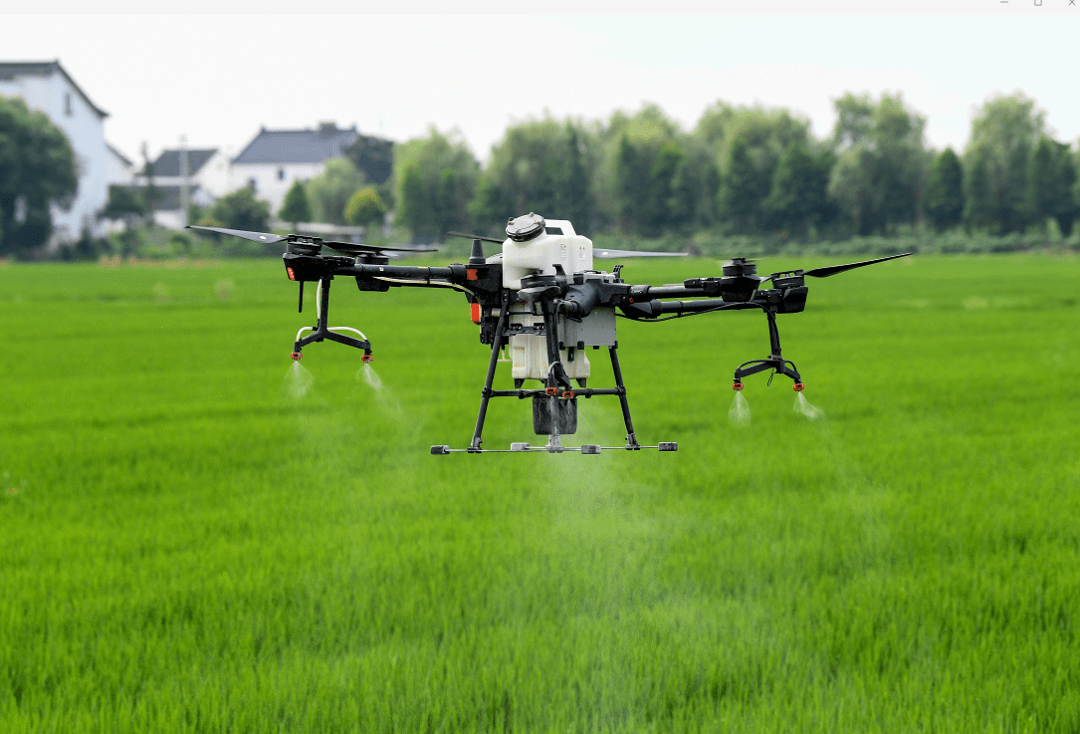
In summary, smart agricultural sensors play an important role in improving agricultural production efficiency, saving resources, guaranteeing food safety, etc., and are an important tool for achieving agricultural modernisation and sustainable development.
In short, Smart agricultural sensors are an important part of smart agriculture, and by combining with cloud computing, big data, Internet of Things and other technologies, they can promote the development of smart agriculture and achieve the intelligence and modernisation of agricultural production.
Related recommendations
Sensors & Weather Stations Catalog
Agriculture Sensors and Weather Stations Catalog-NiuBoL.pdf
Weather Stations Catalog-NiuBoL.pdf
Related products
 Combined air temperature and relative humidity sensor
Combined air temperature and relative humidity sensor Soil Moisture Temperature sensor for irrigation
Soil Moisture Temperature sensor for irrigation Soil pH sensor RS485 soil Testing instrument soil ph meter for agriculture
Soil pH sensor RS485 soil Testing instrument soil ph meter for agriculture Wind Speed sensor Output Modbus/RS485/Analog/0-5V/4-20mA
Wind Speed sensor Output Modbus/RS485/Analog/0-5V/4-20mA Tipping bucket rain gauge for weather monitoring auto rainfall sensor RS485/Outdoor/stainless steel
Tipping bucket rain gauge for weather monitoring auto rainfall sensor RS485/Outdoor/stainless steel Pyranometer Solar Radiation Sensor 4-20mA/RS485
Pyranometer Solar Radiation Sensor 4-20mA/RS485
Screenshot, WhatsApp to identify the QR code
WhatsApp number:+8615367865107
(Click on WhatsApp to copy and add friends)